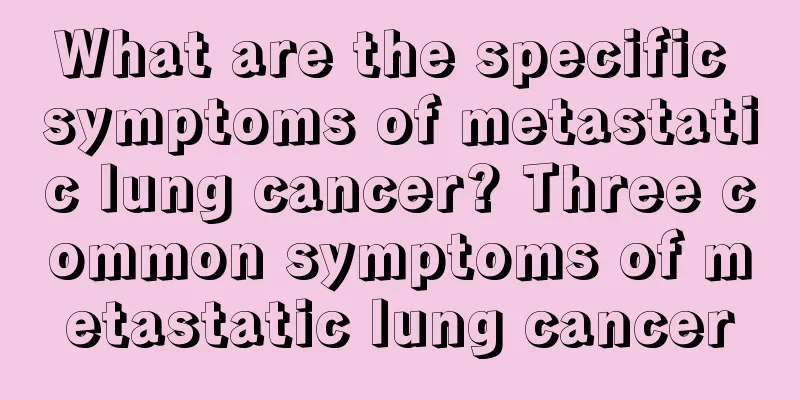Does ovarian tumor affect pregnancy?

|
Ovarian tumors can be benign or malignant. Due to the characteristics of ovarian histology, there are many types of tumors, ranking first among all organs in the body. About 60-70% of ovarian tumors originate from the coelomic epithelium, and 15-20% originate from germ cells. 5-10% originate from specific stroma and non-specific stroma cells. Metastatic cancer accounts for 5-10%. Whether it will cause infertility should be analyzed specifically according to the nature of the ovarian tumor, and it cannot be generalized. Expert introduction: Generally speaking, ovarian tumors can cause infertility in the following situations: 1. When ovarian tumors grow too fast and too large, they can affect the blood supply and ovulation of the ovaries. 2. When certain ovarian tumors experience acute or chronic torsion or rupture, it affects the blood supply to the ovaries and causes necrosis, followed by ovarian dysfunction and anovulation. If it is bilateral, the impact is greater. 3. Certain ovarian tumors with endocrine functions, such as ovarian thyroid tumor, ovarian granulosa-theca cell tumor, testicular blastoma, etc., may produce certain corresponding hormones due to the different tumor tissue components they contain, thereby interfering with the normal secretion of ovarian hormones and ovulation, resulting in symptoms such as amenorrhea, uterine bleeding, hirsutism and infertility. 4. Some malignant or huge ovarian tumors destroy most of the ovarian tissue, which may cause ovarian dysfunction, anovulation, adhesion to surrounding tissues, blockage of fallopian tubes, etc., all of which can cause infertility. treat Surgery is the main treatment, and comprehensive treatments such as chemotherapy and radiotherapy should also be used for malignant ovarian tumors. Chemotherapy is the main auxiliary treatment, because ovarian malignant tumors are more sensitive to chemotherapy, and even if they have been widely metastatic, they can still achieve certain therapeutic effects. It can be used to prevent recurrence or eliminate residual lesions. Commonly used drugs are cisplatin, cyclophosphamide and doxorubicin. It is generally believed that at least 68 courses of chemotherapy should be performed after surgery. Since the main metastatic routes of ovarian malignant tumors are direct spread and abdominal implantation, intraperitoneal chemotherapy is better than intravenous chemotherapy. Radiotherapy mainly uses 60Co or linear accelerator for external irradiation. It has a better effect on those with a cancer lesion diameter of less than 2 cm. For those with scattered rice-like metastases in the pelvic or abdominal cavity or ascites, 32P can be injected into the abdominal cavity for treatment. |
<<: What effect does pregnancy with ovarian tumor have on the baby?
>>: What effect does ovarian tumor have on pregnancy
Recommend
What are the magical uses of honeysuckle
Honeysuckle is a traditional Chinese medicine wit...
How do I know if I have lung cancer? If you have these 4 abnormalities in your body, it may be lung cancer
When I was watching the news, I found a case of l...
Symptoms and dangers of angina pectoris
Most people think that heart pain and angina pect...
The three most feared signs of advanced colon cancer
The three most feared signs of advanced colon can...
How to treat facial hemiplegia, drug treatment is the most common
Hemiplegia, also known as half-body paralysis, ca...
Can fractured bones and dislocations be repaired by themselves?
Fracture dislocation seems to be serious, and cor...
What juice detoxifies and removes acne
Acne on the face is quite common in life, mainly ...
Can I eat Jiangzhong Monkey Mushroom Biscuits for chronic gastritis?
There are many things that patients with chronic ...
How to effectively prevent melanoma
Do you know much about melanoma? Skin experts say...
Is late-stage endometrial cancer contagious?
There are many friends around us who suffer from ...
What is the disease of head shaking
Any movement of our head is basically controlled ...
Symptoms of gastric cardia relaxation
As the name suggests, the cardia is the entrance ...
What medicine is used for vomiting blood due to lung cancer
What medicine is used for vomiting blood due to l...
Can pregnancy cause melanoma
Does pregnancy cause melanoma? Pregnancy generall...
What to do if eyes become bloodshot after double eyelid surgery
In today's society, appearance is justice, an...









